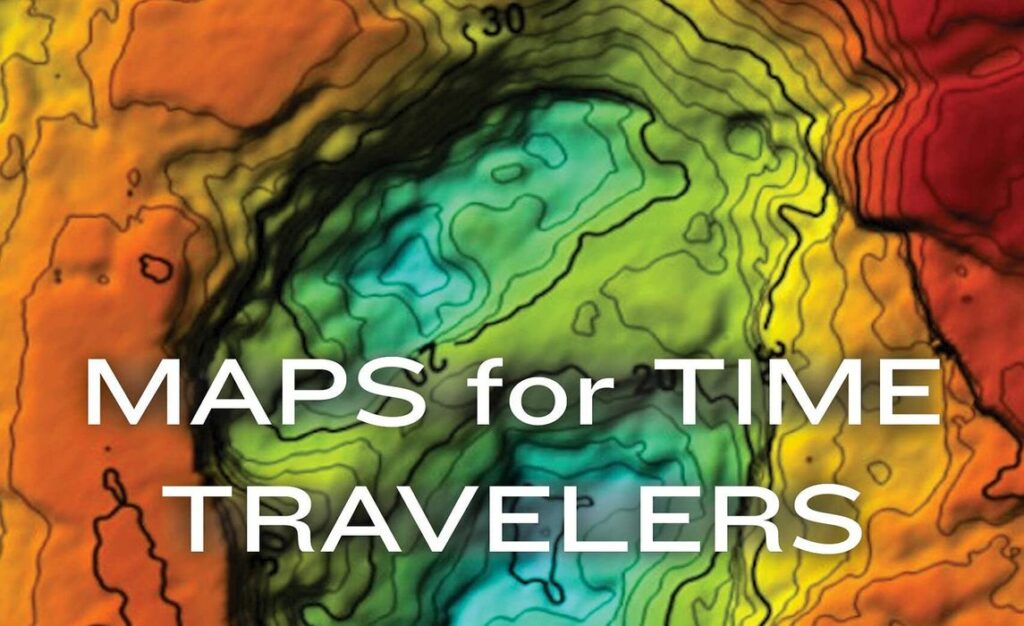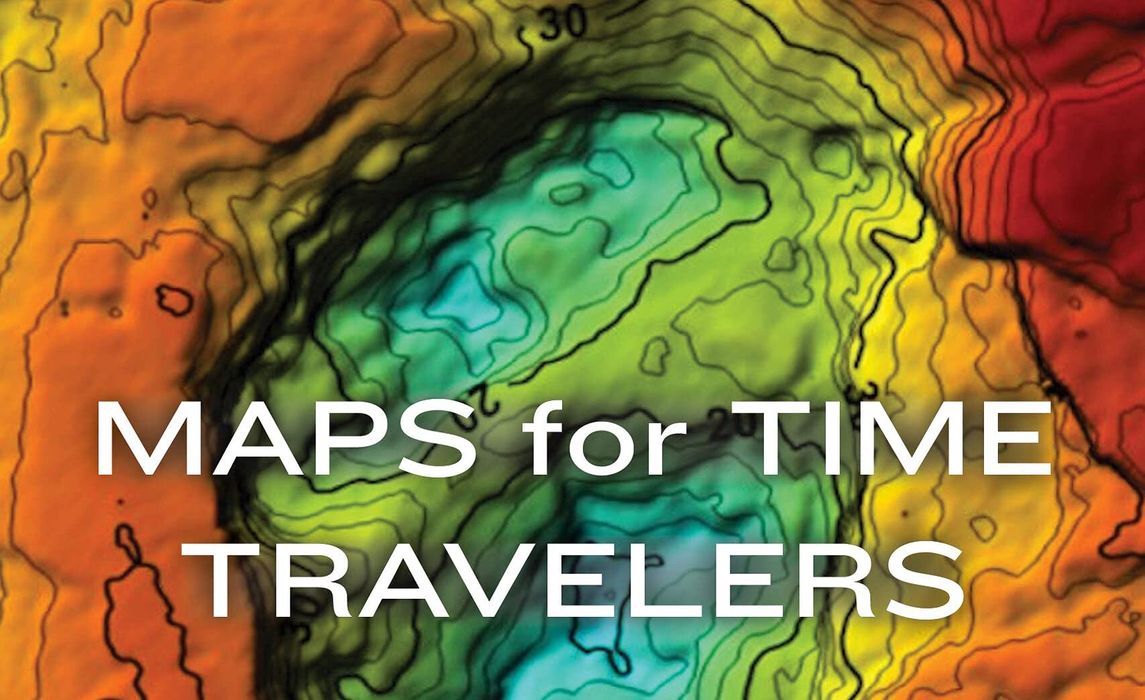
This week’s selection is “Maps for Time Travelers: How Archaeologists Use Technology to Bring Us Closer to the Past” by Mark D McCoy.
It’s been said that the only reason we exist is because of our ancestors, and that’s one of the reason many people are fascinated with history. After all, if you don’t know history, you live to repeat it.
One of the professions that studies history is archaeology, which analyzes findings of excavations and artifacts found during those excavations. Much history can be determined through such examinations.
Historically, archaeology almost always involved field expeditions to remote areas to perform the excavations. But these days technology is changing how archaeologist do their important work.
This book explores those technologies in detail, yet in a very accessible manner.
One of the technologies used by today’s archaeologists is 3D scanning.
The two most popular uses of 3D scanning in archaeology are quite different.
The first way is the use of high altitude scanning of landscapes. The idea here is to use advanced visualization and analysis techniques on the collected data to identify hidden structures or artifacts. This is vastly more efficient than wandering through a jungle hoping to find something.
The second use of 3D scanning is more familiar to Fabbaloo readers, where artifacts and scenes are 3D scanned.
This approach provides a way to record the exact placement of artifacts before they are lifted for further analysis, and also a way to create a detailed digital record of the artifact.
Once an artifact is 3D scanned there are many possibilities. The artifact could be examined in detail by using the 3D model. The 3D model could be shared among many archaeologists to bring more eyes to the problem. The 3D model could even be printed, putting a replica in the hands of more archaeologists, or even better, more museums for people to see and possibly even touch them.
The world of archaeology has been transformed by technology, including 3D scanning. If you have an interest in history and technology, this book could be quite an interesting read.
We’re an Amazon Associate and earn a small fee from qualifying purchases. Help support our 3D print news service by checking out this book!
Via Amazon

